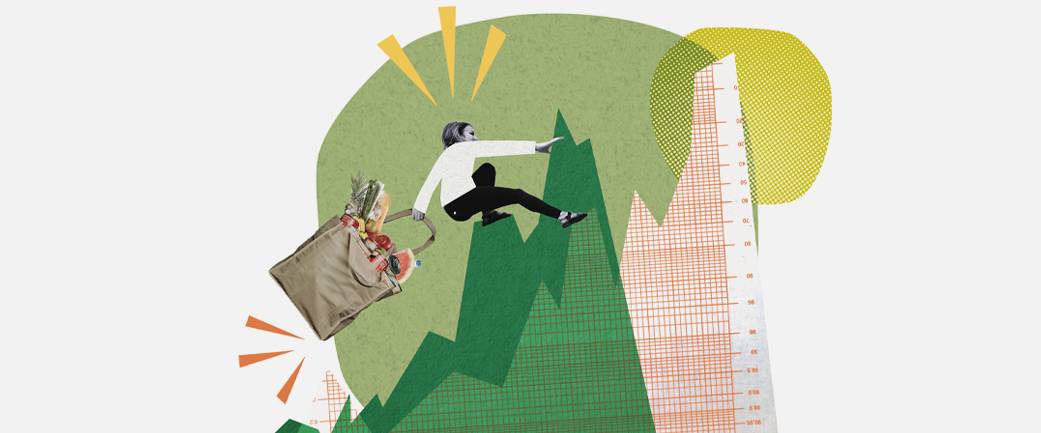
Using resistance to facilitate change
Climber and physical therapist Esther Smith is currently based in Montana, but she’s been practicing in mountain towns for more than ten years. Early on she began to work with climbers ranging from alpinists returning from “crazy falls” in the Himalayas who barely escaped with their lives to outdoor enthusiasts who may have popped a tendon in their finger. Though injuries differ substantially for the professional versus the recreational athlete, there are facets of being an injured sportsperson that come into play for both. The person who tumbled down a peak, however, is different than the one who hurt themselves in a climbing gym.
Esther’s practice is based on understanding her patients’ innate healing mechanisms that allow them to transition from one place to another physically. That could be from a very low level of physical capability if a person is coming out of a place of immobility, such as being in a cast, or it could be at a high level, like aprofessional ski racer getting ready for the Olympics. The common denominator in all these cases is resistance. According to Esther, “If you want to trigger something in the body, you give it load or tension or resistance and that actually signals the cells in the body to create change and to adapt.”
For example, an astronaut might have low bone density and weak bones after returning from space because they are not receiving load on their body. What builds muscle and tendon material is moving through or against resistance. Holding an external weight is one way to do it. “As we age,” Esther explains, “we’re already losing muscle mass just by virtue of aging. But if you engage in resistance exercise, you’re going to offset that and maintain your muscle mass.” But what if you’re afraid to hold a weight thinking it may lead to injury? One of the most surprising things Esther has observed is what people do to avoid the things that they are afraid of in terms of their own bodies.
Esther describes the case of a young woman in her twenties who came to her in pain, somebody who had modified her life, for whatever reason, to never carry anything heavy, yet wanted to live in a mountain town and lead an active lifestyle. The minute Esther put a two-pound weight in this young woman’s hands, she burst into tears, so afraid the load would hurt her. Somehow, she had gotten around this all her life, but, as Estheradds, “her life would become more and more narrow if she was always afraid of this load,” afraid to even carry a shopping bag. Esther’s goal was to get her to open her world again, one small resistance at a time. “We can predict that the body will become stronger and make positive change,” Esther says. “A person will be capable of more. There will be a stepwise, incremental, positive change along the transitional path.”
Esther Smith is a physical therapist in Montana whose practice focuses on alpinists and mountain climbers who have sustained injuries during their climbs.
About the Contributor
Howard Kaplan is an editor and writer who helped found Spiral magazine in 2017. He currently works at the Smithsonian and divides his time between Washington, DC, and New York City.
Image Credit
Artwork by Henk Loorbach


